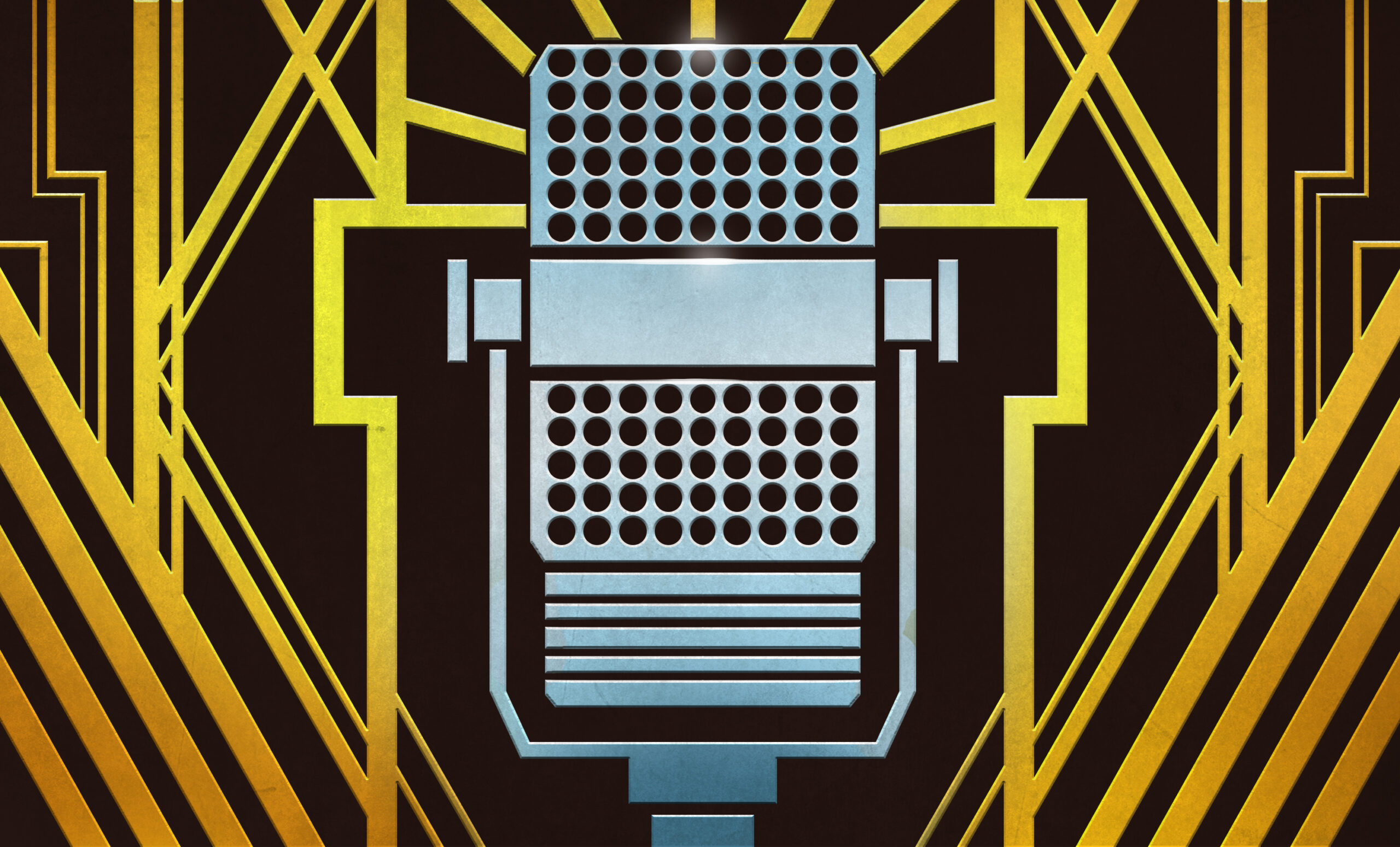In the latest episode of the Hackaday Podcast, hosts Elliot Williams and Kristina Panos delved into a variety of topics ranging from innovative hacks to significant news in the tech world. Episode 333 featured discussions on the upcoming Supercon 2025, the ongoing One Hertz Challenge, and the notable discontinuation of AOL’s dial-up service after decades of operation.
Listeners are encouraged to secure their tickets for Supercon 2025 while they are still available. This event promises to showcase cutting-edge technology and creative projects from innovators around the globe. Additionally, participants in the One Hertz Challenge have until August 19, 2025, to demonstrate their creative prowess. Interested individuals can find more details at Hackaday.IO.
A significant piece of news discussed in the episode was AOL’s decision to end its dial-up service, marking the conclusion of what many referred to as “eternal September.” This change signifies a shift in how users access the internet, as dial-up connections become increasingly obsolete.
Listeners also engaged with the segment titled “What’s That Sound?” where Kristina presented a mystery sound for the audience to guess. Those who can identify the sound have a chance to win a limited edition Hackaday Podcast t-shirt.
Innovative Hacks and Projects
The episode highlighted several fascinating hacks from the past week, beginning with a talking robot that employs typewriter technology to simulate speech. This unique approach combines vintage tech with modern robotics, showcasing the creativity of the maker community.
Another project featured was the hacking of printed circuit boards to create casing and instrument panels for a replica of the PDP-1, a historic computer that has captured the imagination of tech enthusiasts. The use of novel materials and techniques in this project illustrates the ongoing interest in preserving and recreating computing history.
The hosts also discussed a fluid simulation business card, which serves as both a functional item and a conversation starter. This creative approach to business cards reflects a growing trend among professionals to stand out in a digital age dominated by virtual interactions.
In a lighter segment, the podcast covered a caliper shootout, comparing various models and their features. This discussion provided insight into the tools that hobbyists and professionals use in their projects.
The episode concluded with a two-part exploration of smartphones, examining their limited hackability and noting the challenges faced by enthusiasts who wish to tinker with modern devices. The hosts also reminisced about the origins of podcasting, highlighting what is considered the first podcast, which offers a glimpse into the evolution of this popular medium.
Listeners are encouraged to follow along with the episode by checking out the links provided in the show notes. Feedback and comments about the episode are welcome, as the Hackaday community continues to engage with these tech discussions.
For those interested in the podcast, Hackaday is available on platforms such as iTunes, Spotify, and YouTube, making it accessible for audiences worldwide.
